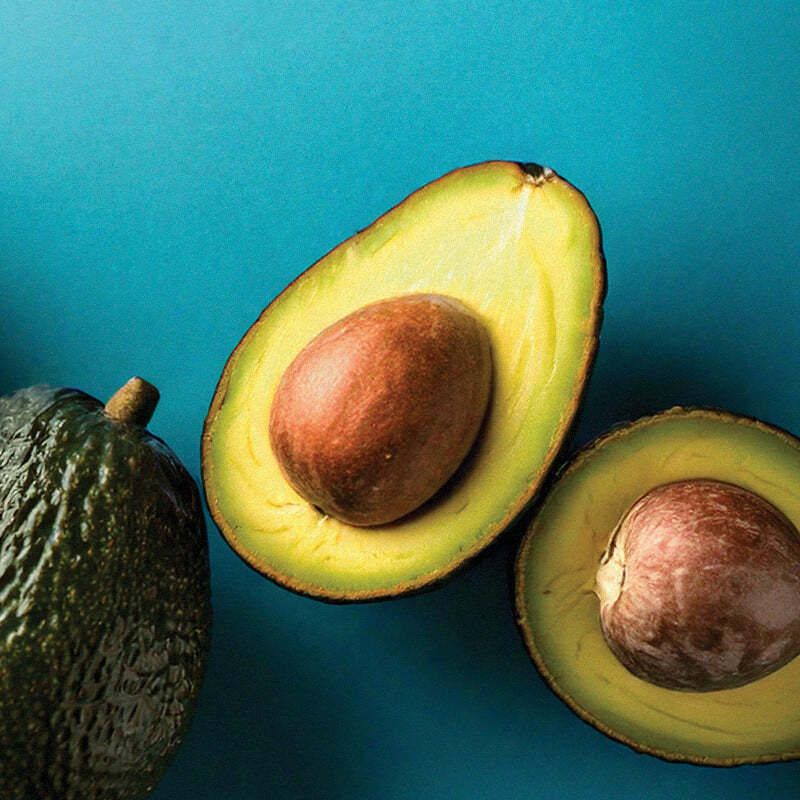Understanding Blood Sugar Dynamics: Highs, Lows, and Their Effects on Your Body
Have you ever felt like you’re full of energy after a meal, but then you hit a wall of fatigue an hour later? Or experienced that shaky, “hangry” feeling when it’s been too long since you’ve eaten? If so, you’ve felt your blood sugar at work.
Understanding the effects of blood sugar (and how to use nutrition to master it) is key to understanding how to sustain your energy levels, stay focused, lose weight, and more.
So let’s break down what’s happening in your body during the highs and lows, and how finding your unique balance can transform how you feel every day!
The Basics: What is Blood Sugar?
Think of blood sugar, or glucose, as your body’s primary source of energy. It’s the fuel that powers your brain, your muscles, and every cell in your body.
When you eat carbohydrates (anything from an apple to a piece of chocolate), your body breaks them down into glucose. This glucose then enters your bloodstream, causing your blood sugar levels to rise. This is a normal, natural process!
The other key player here is insulin, a hormone produced by your pancreas. Insulin acts like a key, and its job is to unlock your cells to allow that glucose to enter and be used for energy. When this system works smoothly, you feel energized and satiated.
The Blood Sugar Rollercoaster: Highs (Hyperglycemia) and Lows (Hypoglycemia)
Problems aren’t from the natural highs and lows, but the extreme swings. Imagine your blood sugar like a rollercoaster: a gentle ride is fine, but sudden drops and climbs can leave you feeling a little queasy.
High Blood Sugar
This happens when a large amount of glucose enters your bloodstream quickly. This often occurs after eating a meal or snack that’s high in quickly-digested carbs or sugar without enough protein, fats, or fiber to slow things down. When this happens, your pancreas responds by releasing a large amount of insulin to manage the surge.
- How you might feel: You might feel an initial burst of energy, followed by fatigue, brain fog, thirst, or irritability.
- What’s happening long-term: Consistently high blood sugar and demanding high insulin output can lead to insulin resistance (when your cells stop responding effectively to insulin) over time.
Low Blood Sugar
This is often the result of a blood sugar high. That large insulin increase we just talked about can sometimes be too effective, shutting too much glucose out of the bloodstream too quickly. This leads to a drop, or "crash," in blood sugar.
- How you might feel: This is when shakiness, sweatiness, intense hunger, anxiety, weakness, and lightheadedness kick in.
- Your body’s response: Your body senses this energy emergency and releases stress hormones like cortisol and adrenaline to raise your blood sugar again. This stress response is why you can feel so on edge or "hangry."
This cycle of spike → crash → craving → spike is the exhausting rollercoaster we want to help you step off.
Practical Strategies for Balanced Blood Sugar
This is where our principle of All Foods Fit is so powerful. Instead of cutting out foods to avoid these highs and lows, we can teach you how to use all foods to build meals and snacks that work for you.
Here are some effective strategies to help you smooth out the ride:
- Pair Foods Intentionally: This is your most effective tool. When you eat carbohydrates, pair them with protein, fiber, and healthy fats. This combination slows digestion, leading to a slower and more gradual release of glucose into your bloodstream.
- Instead of just an apple, have apple slices with peanut butter. (carbs +fat/protein)
- Instead of just crackers, have crackers with cheese or hummus. (carbs + protein/fat)
- Instead of plain oatmeal, make it with milk or Greek yogurt and add some nuts. (carbs + protein/fiber)
- Switch Up Your Eating Order: Starting your meal by eating the vegetables, protein, or fat before diving into the carbohydrate portion can also help prevent a rapid blood sugar increase.
- Move Your Body: A short walk after a meal (even if it’s just for 10 minutes) can help your muscles use that glucose for energy, naturally smoothing out any potential spike.
- Listen to Your Body: Start noticing how different meals make you feel. Do you feel energized for hours? Or do you slump at your desk? This awareness is your internal guide to what works best for your unique body.
Takeaways
Remember, the goal is not to avoid any blood sugar highs and lows. (Your body is designed to handle these fluctuations!) The goal is to avoid the extreme highs and lows that negatively affect how you feel.
By understanding how to use all foods to build satisfying, balanced meals, you can:
- Achieve more stable energy levels throughout the day
- Reduce intense cravings and feelings of ‘hanger’
- Support your long-term metabolic health
- Most importantly, create a confident and peaceful relationship with food
Blood sugar is just one part of understanding how nutrition can affect your body’s incredible natural systems. At Loop Nutrition, we don’t want to just tell you what to eat. We want to teach you to understand how food works within your body so you can make the best choices for your needs and goals!









%20(1).jpg)
.jpg)
